Pack Weight: 50g .
Price : 25 $ USD
Components :
Fucus vesiculosis / leaves
Hibiscus sabdariffa / flowers
Cola acuminata / seeds
Cassia species / leaves
Ononis spinosa / roots
TEA 50 :
Infusion made from natural medicinal plants with no side effects
Indications :
- Overweight – obesity
- Excessive appetite
- Postprandial hyperglycemia
- Nutritional deficiency from overly strict diets
- Constipation during a diet
Improving Effect:
The effect of Tea 50 is more beneficial if, in addition, it is taken in the case of:
- Cravings, infusion 100
- Cellulite, infusion 30
- Localized fat: cream 216 – soap 317
Caloric Expenditure:
It is important to be able to assess what you expend in calories and what you eat. This is essential to know your needs and estimate the number of excess calories.
Our weight corresponds in energy to the difference between intake and output. If we consume more calories than we burn, we gain weight, and vice versa.
Energy expenditure is composed of 3 factors:
- Resting energy expenditure or basal metabolism, which is the minimum expenditure necessary for our body to function at rest, making up 2/3 of total energy expenditure over 24 hours.
- The thermic effect of food, which is the energy needed to transform food (for example, to build muscle); this is 10% of total expenditure over 24 hours.
- Expenditures related to physical activity, which vary from one individual to another.
The variation in energy expenditure depends on the person’s weight: the more weight one has, the more energy is consumed. It is recommended to engage in physical activity.
Age: As we age, we burn fewer calories.
Sex: A man expends more calories than a woman of the same weight and height.
There are formulas to calculate the basal metabolic rate (BMR) and evaluate total expenditure, but we can roughly estimate our energy expenditure by multiplying weight by 30 for males and by 25 for females.
To calculate the ideal weight for a given height, assess nutritional status, recognize malnutrition, underweight, obesity, or identify malnutrition, we use the calculation of the body mass index (BMI). This is calculated by dividing weight by the square of height (BMI = weight in kg / height² in meters). This estimates body composition.
Overweight is defined by a BMI between 25 and 29.9. It increases the risk of diseases: metabolic (diabetes), cardiovascular, respiratory, joint disorders, and cancer.
Obesity is confirmed for a BMI greater than 30, whether moderate, severe, or massive. It causes several health complications.
The presence of visceral abdominal fat increases cardiovascular risks. This fat accumulation is often exacerbated by hormonal factors, especially in postmenopausal women.
Limitations of BMI:
- It is not adapted for pregnant women or the elderly; methods change for children.
- Dehydration lowers BMI, while edema increases it.
- BMI does not give details on the location of harmful fat, so waist circumference is a better reference.
The prevalence of overweight and obesity continues to increase regardless of BMI. There are two forms of obesity based on fat distribution:
- Android obesity: Fat accumulates in the upper body. This form is dangerous to health, leading to hypertension, diabetes, or cardiovascular disorders.
- Gynoid obesity: Fat accumulates in the lower body, causing joint problems or venous insufficiency.
Obesity becomes morbid when BMI exceeds 40 and fat replaces muscle. The patient loses between 8 to 15 years of life expectancy and may suffer from comorbid factors: cancers, cardiovascular disorders, lung problems, diabetes, sleep apnea, hypertension, high cholesterol, osteo-articular diseases, and socio-psychological impacts (social isolation, depression, suicide).
Tea 50 is a mild laxative and diuretic that promotes satiety.

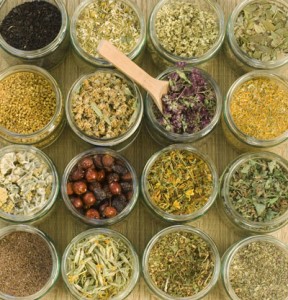
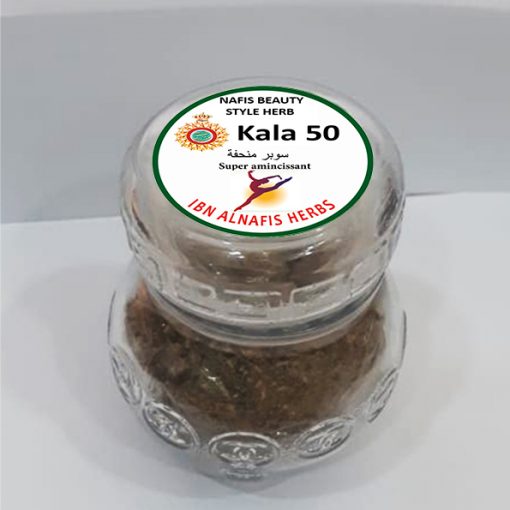
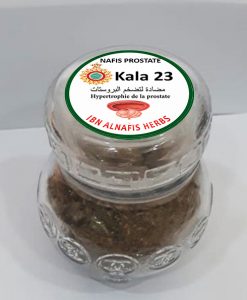
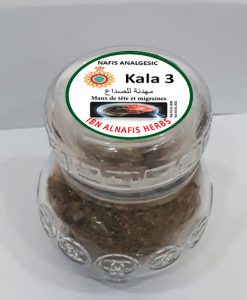
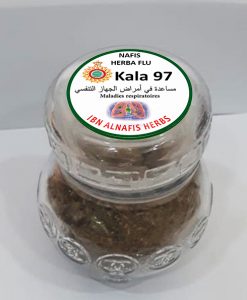
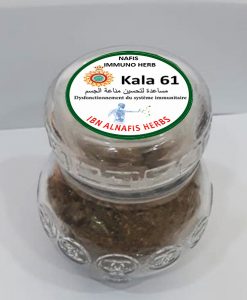
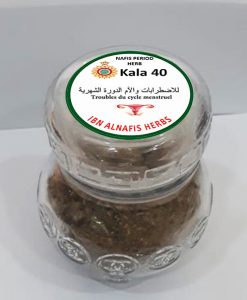
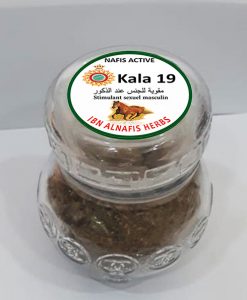
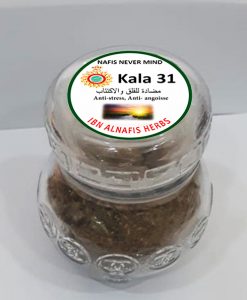
Reviews
There are no reviews yet.